
A curve in the river!
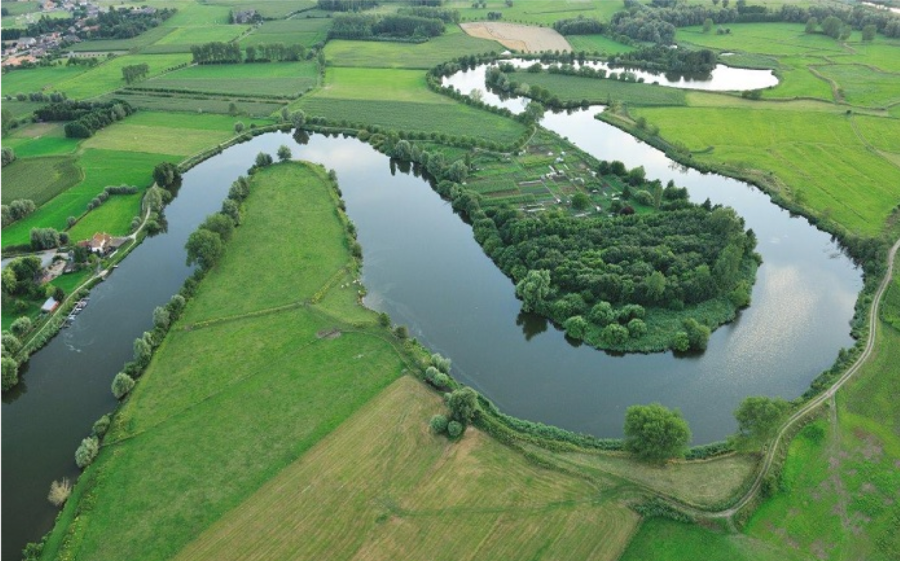
A meander is a curve in a river
The position of the curves changes over a long period of time through a process called erosion and depositing.
A river rarely flows in a straight unless they have been manmade.
rivers will usually go around something in its way like a large stone or tree.
The curve is over 90 degrees
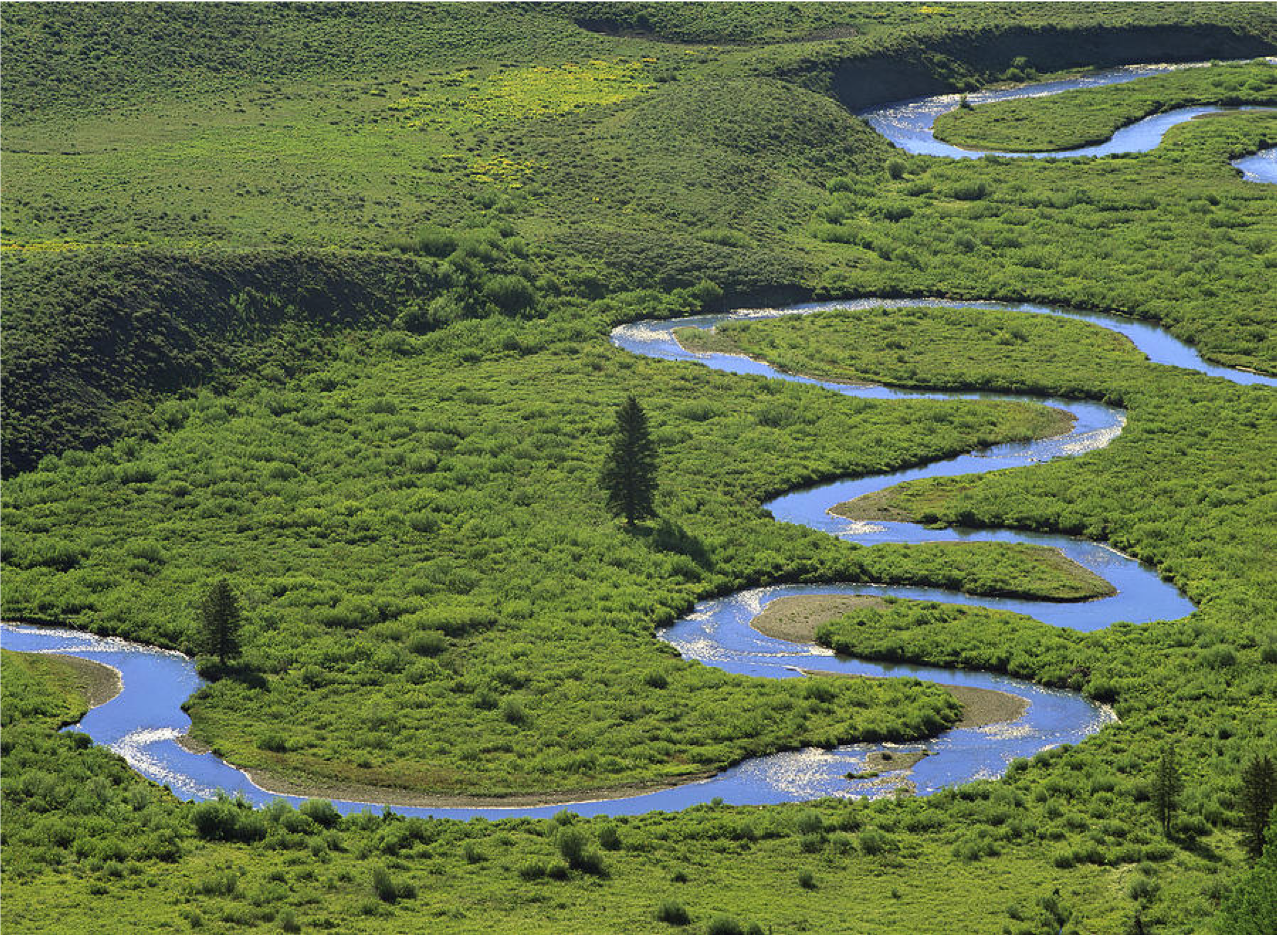
Meanders are formed by erosion, transport and deposition.
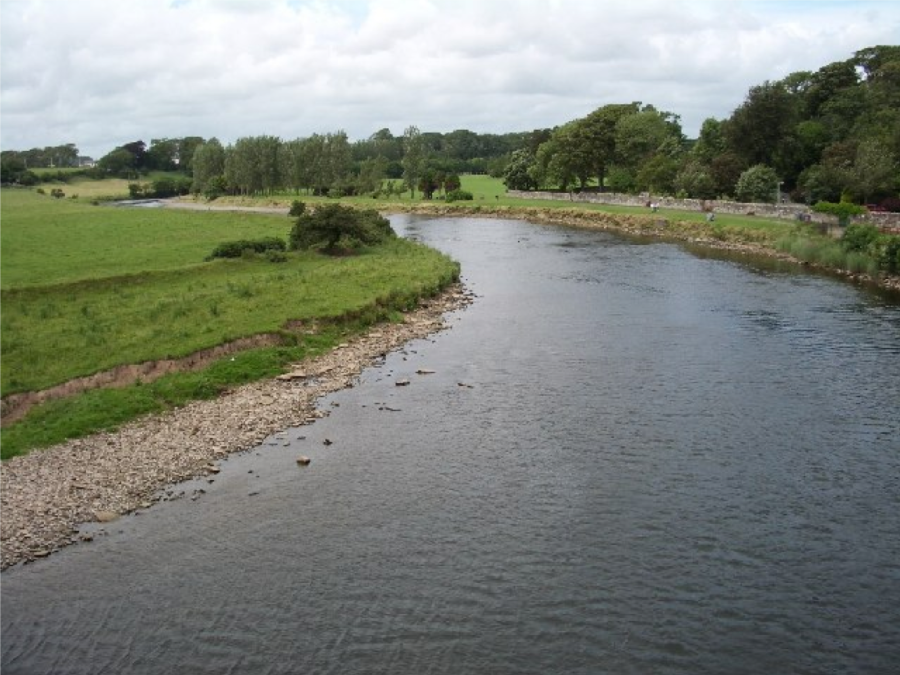
Stones and other sediments are too heavy to be carried down the river so they are dumped within the river channel.
This is were parts of the river bank is worn away but fast flowing water, rocks and stones.
Each bend in a meander has two types of slopes.
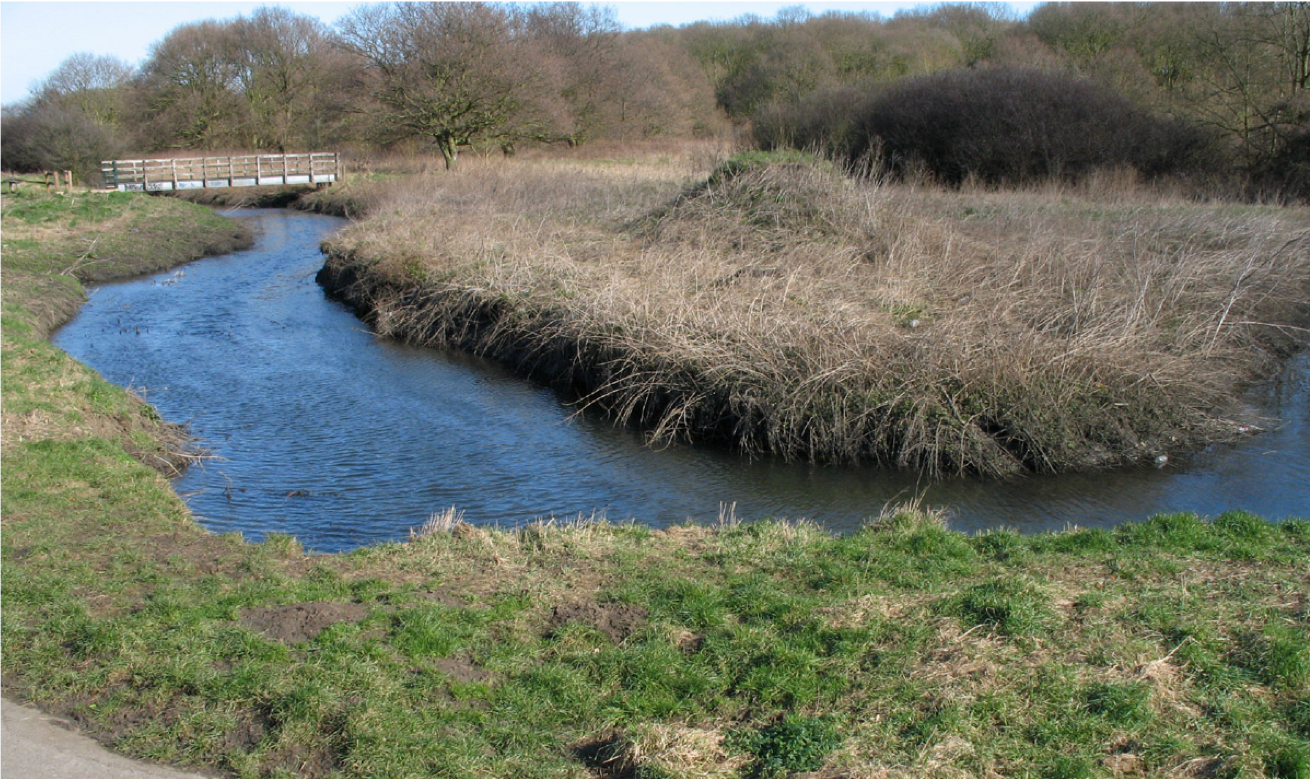
The outside bend of the river has been eroded, this is called the river cliff side.
The inner side of the river has had heavy sediment dumped there, this are is called the slip-off side.
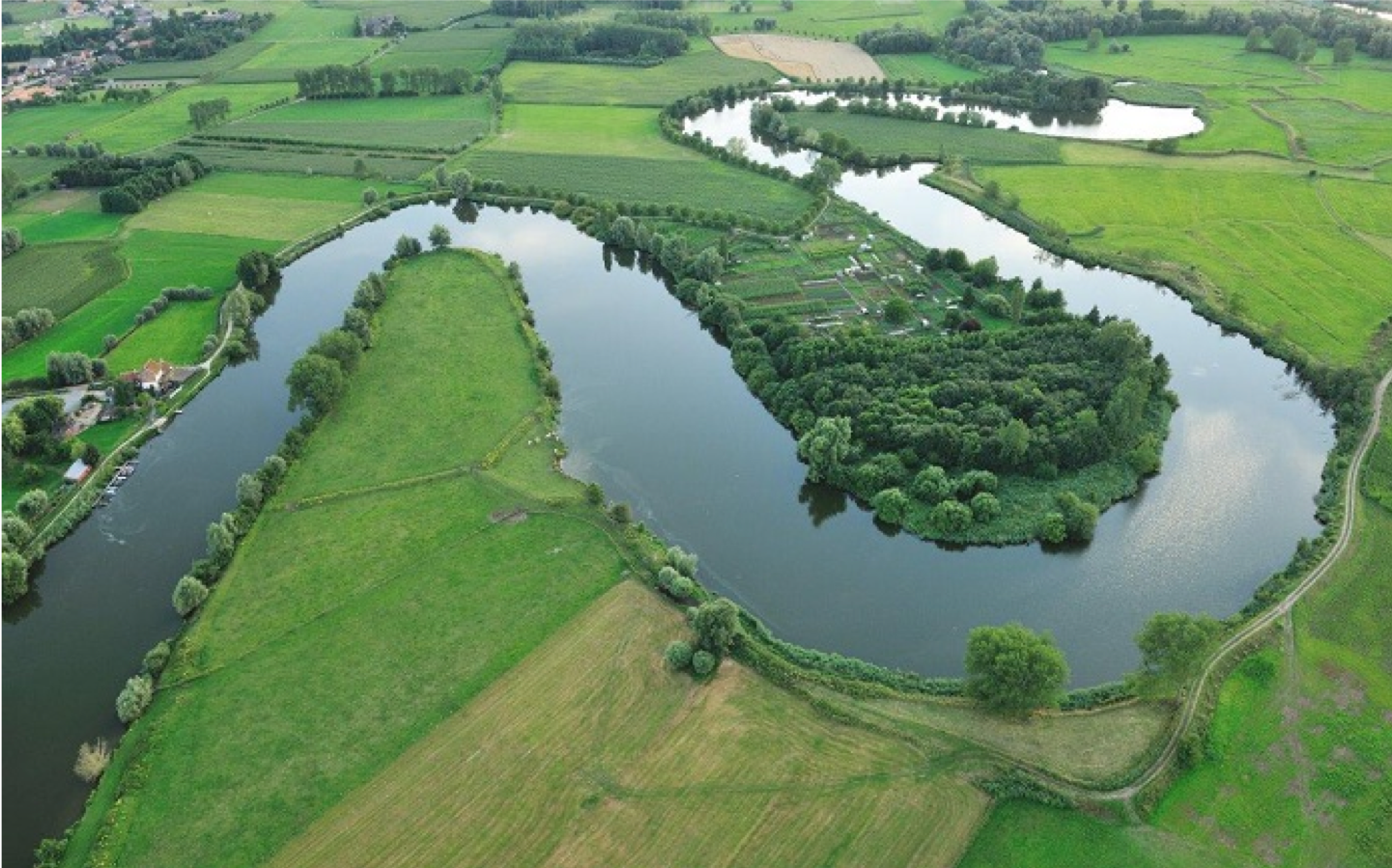
Task 1: Channel Profile investigation
Aims: To investigate the channel profile of the natural meander
Hypothesis: The outside of the bend will have a greater water depth than the inside of the bend
Task 2: Sediment and bed load investigation
Aims: To compare sediment changes across the width of the river meander. To compare the sediment load in a natural meander to the load in a straightened section of the river
Task 3: River velocity investigation
Aims: To compare the velocity (speed) of a river at the outside and inside bend of a meander. To investigate how the human management of rivers can affect velocity
Hypothesis: River velocity will vary across the channel
Task 4: Field Sketch and show the features of the natural meander section of the river
Task 5: Environmental Perception Survey
Thames Chase Trust, Pike Lane
Upminster, Essex RM14 3NS
01708 642970
landofthefanns@thameschase.org.uk